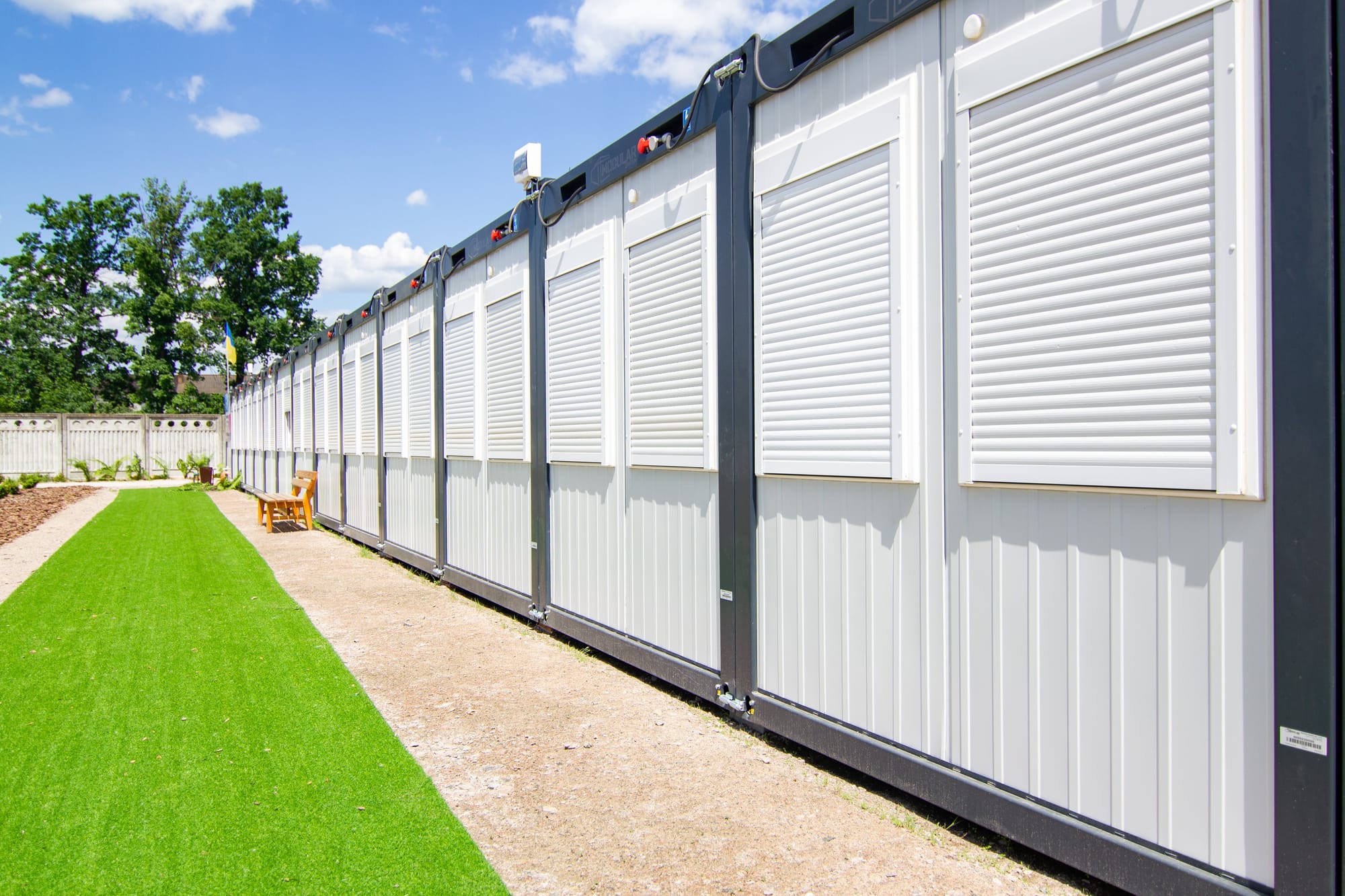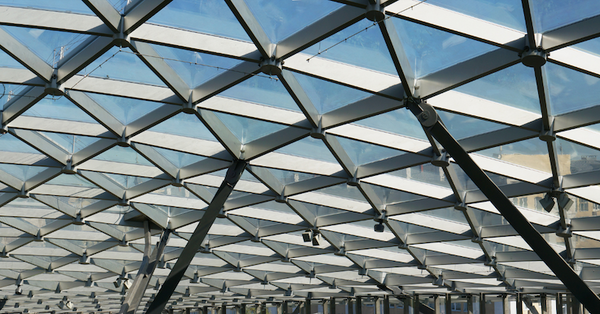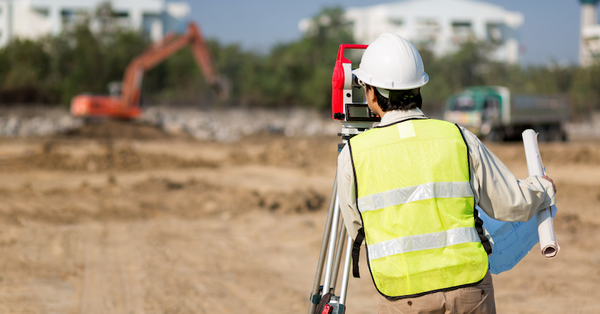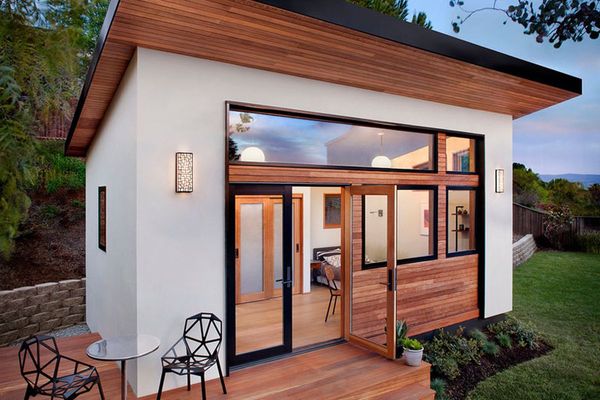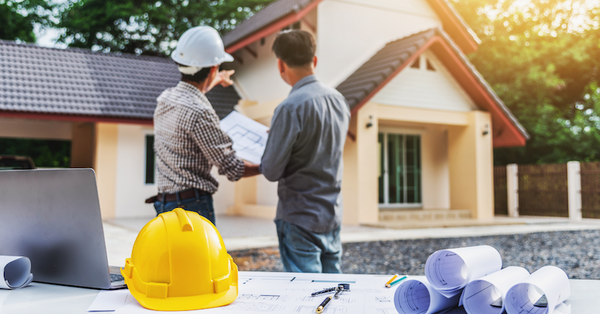Shipping container homes are not just a trendy architectural choice but a symbol of sustainability and innovative design. These unique dwellings, crafted from repurposed steel containers, offer a fresh perspective on what a home can be, blending functionality with an eco-conscious ethos. Their rising popularity is a testament to the evolving definition of modern living spaces.
How long do container homes last? The quick answer is they can last over 25 years with proper maintenance. Their lifespan depends on factors like climate, structural modifications, and upkeep. Regular maintenance and protective measures can significantly extend their durability.
Let's dig deeper into the fascinating world of shipping container homes, where we'll uncover the secrets to their longevity and how you can maximize their lifespan through smart design and maintenance.
Materials and Construction of Shipping Container Homes
Shipping container homes repurpose sturdy steel containers for residential use, maintaining comfort and style with modifications like insulation, windows, and doors. Their corrugated steel walls add a modern aesthetic and structural integrity.
These homes are energy-efficient, with advanced insulation to offset the metal's heat conductivity. They're also quickly assembled from prefabricated modules, reducing construction time and waste.
Adhering to modern standards, they feature essential services and structural reinforcements, ensuring safety and functionality in their new role as eco-friendly housing solutions.
Factors Affecting the Longevity of Shipping Container Homes
The durability of shipping container homes is influenced by several key factors, making their longevity a subject of both practical and technical interest.
While the foundational steel construction offers inherent strength, various external and internal factors play a critical role in determining the lifespan of these unique homes.
Weather and Climate Impact
The resilience of shipping container homes is profoundly influenced by their exposure to various weather and climate conditions. Each weather condition presents unique challenges that must be addressed to ensure the home's longevity.
- Coastal Climates
Homes situated near the ocean are particularly vulnerable due to the corrosive nature of salt in the air. This saline environment can aggressively speed up the oxidation process, leading to rust formation.
Regular maintenance routines are crucial to combat this. Marine-grade paints, specifically formulated to withstand harsh, salty conditions, can provide an effective barrier against corrosion.
Additionally, frequent inspections for rust spots and prompt application of rust treatments can prevent minor issues from escalating into major structural weaknesses.
- High Humidity Areas
In regions with high humidity, like Florida, The Appalachian Region, and The Gulf Coast, the moist air can penetrate the steel, fostering an environment where rust can develop more quickly. Consistent ventilation and dehumidifying techniques within the home can help mitigate this risk.
It's also essential to properly install the insulation to prevent any moisture buildup within the walls.
- Extreme Temperature Fluctuations
Shipping container homes in areas with extreme temperatures face different challenges. In icy environments, inadequate insulation can lead to condensation on the inner parts of the steel walls. This moisture accumulation can lead to internal rusting, a problem that might go unnoticed until significant damage has occurred.
On the other hand, in hotter areas like Southern Texas, The Southwest Desert Region, and the Central Valley of California, the metal can expand and contract, potentially stressing joints and seals.
High-quality, weather-appropriate insulation is essential in these environments to maintain a stable internal temperature and prevent condensation. Additionally, reflective coatings or paints can minimize heat absorption in hotter climates.
Maintenance and Upkeep
The longevity of a shipping container home is directly tied to its maintenance regime. Regular inspections are vital for early detection and treatment of rust, particularly around modifications like windows or doors.
Regular Inspections
Here are some of the things to look out for as part of your regular inspections:
- Early Detection of Rust
Inspecting the container for rust, especially around modifications like windows, doors, or any structural alterations, is crucial. These areas are prone to rust because the protective layer of paint may have been compromised during construction.
Early detection allows prompt treatment, preventing the rust from spreading and causing more significant damage.
- Checking Sealant and Caulking
Regular checks of sealants and caulking around windows, doors, and joints are necessary. Over time, these can deteriorate, leading to potential leaks and moisture ingress, which can cause rust and weaken the structure.
- Structural Integrity
Inspections also involve assessing the container's overall structural integrity. This includes checking for signs of bending, warping, or buckling of the walls, roof, or frame, especially if multiple containers are joined or stacked.
Protective Measures
These protective measures are designed to fortify the house, addressing potential vulnerabilities and reinforcing the container's resilience against environmental factors.
- Rust-Inhibiting Primers
Applying rust-inhibiting primers is a proactive measure to prevent rust from occurring or recurring. These primers are specifically formulated to bond with the metal and provide a barrier that resists oxidation.
- Durable Exterior Paints
After treating rust and applying primer, coating the container with durable, high-quality exterior paints is essential. These paints add an aesthetic appeal and serve as an additional protective layer against weather elements, UV rays, and moisture.
- Regular Maintenance of Protective Coatings
Over time, protective coatings can deteriorate due to exposure to the elements. Regular maintenance, such as touch-up painting and reapplying sealants, is necessary to ensure ongoing protection.
Structural Modifications
Modifications to shipping containers, necessary for transforming them into livable spaces, must be approached with care. Cutting openings for windows, doors, or skylights can compromise the container's structural integrity if not correctly reinforced with additional steel framing or beams.
It's advisable to seek professional guidance from structural engineers or architects, especially for complex designs or when combining multiple containers, to ensure that these alterations do not adversely affect the container's durability.
Comparison with Traditional Homes
When comparing shipping container homes to traditional homes, several vital aspects highlight the differences and similarities between these two housing types.
Construction and Design
Shipping container homes, built from repurposed steel containers, offer a unique approach to home construction. Their modular nature allows for innovative, often more compact designs and a faster construction process than traditional homes.
These homes stand out for eco-friendliness, as reusing containers significantly reduces waste. However, they may require extensive modification to ensure comfort and livability.
Traditional homes, typically constructed from materials like wood, brick, or concrete, offer more flexibility in terms of design and size. They are built from the ground up, allowing various architectural styles and customizations.
However, the construction process for these homes is generally longer and involves more resources.
Sustainability and Environmental Impact
One of the most essential advantages of shipping container homes is their sustainability. Repurposing steel containers reduces the need for new construction materials, minimizing environmental impact.
Additionally, the steel structure of containers is highly durable and can withstand extreme conditions.
Traditional homes can have varying environmental impacts depending on the materials and construction methods used. Wooden structures, for example, may contribute to deforestation if the wood is not sourced sustainably.
However, advancements in eco-friendly materials and building techniques are helping to reduce this impact.
Cost and Maintenance
The cost of building a shipping container home can be lower initially, as the primary structure is already built. However, the expense can increase with the customization and modification needed.
The maintenance that comes with container living can be unique, especially in preventing rust and ensuring structural integrity.
In contrast, traditional homes typically involve higher initial construction costs. Maintenance for these homes depends on the materials used but generally involves standard practices like painting, roofing repairs, and structural checks.
Comfort and Adaptability
Comfort in shipping container homes depends heavily on modifications like insulation, heating, and cooling systems. Adapting these homes to various climates and environments requires careful planning and investment.
With their more conventional construction, traditional homes naturally lend themselves to a comfortable living environment. They can quickly adapt to different climates and regions with well-established insulation and temperature control methods.
Enhancing Durability and Lifespan
Ensuring the durability of a shipping container home hinges on selecting the proper protective measures and materials from the outset. This includes choosing coatings and insulations specifically designed to combat the environmental challenges and the steel containers' inherent properties.
Protective Coatings and Insulations
Protective coatings are crucial in safeguarding the steel structure from elements that can cause corrosion and wear. High-quality, rust-inhibiting primers and paints are essential, especially in climates prone to humidity or salt air. These coatings not only provide a barrier against moisture and air but also add to the home's aesthetic appeal.
Insulation plays a dual role in these homes, providing comfort while protecting the container's metal walls from internal condensation, which can lead to rust.
The choice of insulation material is essential. Spray foam insulation, for example, can act as both an insulator and a moisture barrier, making it a popular choice. It fills gaps and adheres well to the metal, creating a tight seal that improves energy efficiency.
Foundation and Structural Support
The foundation of a shipping container home is another critical aspect of its durability. A robust and well-designed foundation not only supports the container's weight but also helps prevent moisture from seeping into the structure from the ground.
Proper drainage around the foundation is also essential to avoid water accumulation.
Structural support is critical when containers are modified or combined to create larger spaces. Ensuring that these modifications do not compromise the structural integrity of the containers is vital.
This step involves reinforcing cut-outs for windows and doors or adding additional support when stacking containers.
Regular Maintenance Tips
Routine maintenance is vital in prolonging the life of a shipping container home. This includes regular checks for rust or corrosion, particularly in areas where the protective coatings may have been compromised.
Timely repairs and touch-ups of paint and sealants can prevent minor issues from becoming major catastrophes.
Future Trends in Shipping Container Homes
The future of shipping container homes looks bright and dynamic, reflecting a growing interest in sustainable, innovative housing solutions. As we look ahead, several emerging trends promise to shape the evolution of these unique dwellings.
Smart Home Integration
Advancements will see more shipping container homes equipped with smart technology for better climate, security, and energy management.
Sustainable Living
Eco-friendly features like solar panels and rainwater systems will be standard, promoting self-sufficiency and minimal environmental impact.
Modularity and Adaptability
Expect versatile designs with movable walls and expansion modules to meet changing needs.
Community and Commercial Use
Container homes will increasingly serve as affordable housing and emergency shelters in community and commercial settings.
Architectural Variety
A broader architectural range will cater to varying tastes, enhancing the appeal of container homes.
Unveiling the Lifespan of Shipping Container Homes
Shipping container homes, with regular upkeep and modifications, can last over twenty-five years, matching traditional home longevity.
Environmental factors, container quality, and changes affect their lifespan, which may increase with future innovations and sustainable practices. Their durability, eco-friendliness, and adaptability make them a forward-thinking choice in residential architecture.

